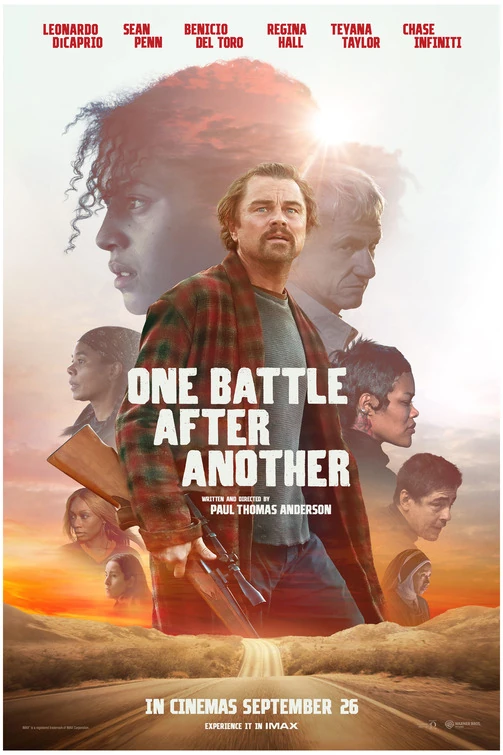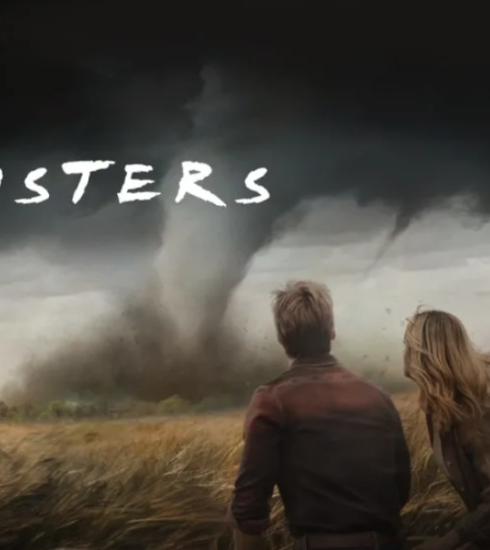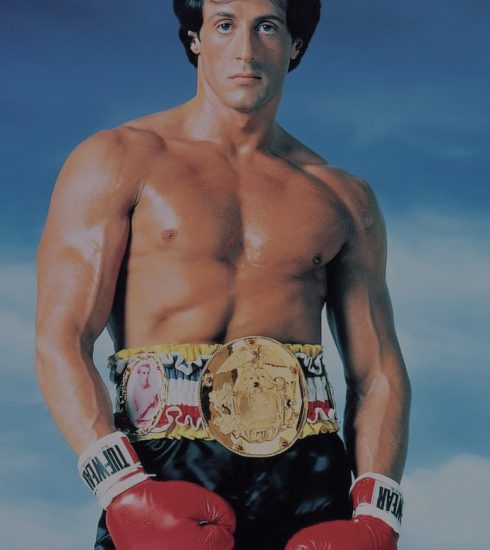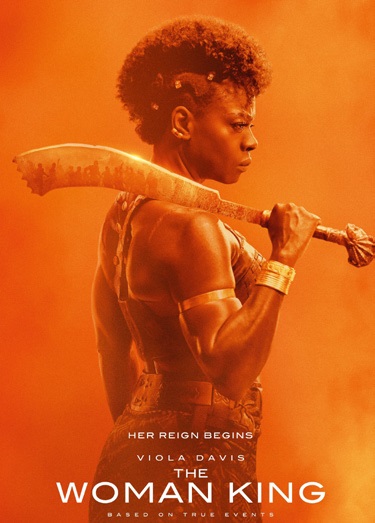Movie Review: One Battle After Another
Paul Thomas Anderson’s One Battle After Another, the most entertaining, exhilarating movie you’ll see all year, is an incision into a raw nerve. A thrilling, tense portrait of modern life, it’s Anderson’s most urgently relevant work yet. It’s a layered, audacious barnburner of a parable about parents and children, fascism and resistance, hate and love, isolation and community — and it already feels like his radical magnum opus.
Running nearly three hours yet never dragging for a moment, it’s darkly comedic, quietly mournful and, most critically, earnestly hopeful for our future. At the same time, it’s clear-eyed about the perils being left to the next generation and the way, as is said aloud at one point, “the world has changed very little” despite efforts to move the needle in a better direction. At every chaotic turn, it sets its sights on the horrors of America in 2025 and beyond, confronting the cruelties playing out every day just as it finds glimpses of communal resistance. While movies, or art more broadly, won’t alone change the world, one wishes more grappled with it like this. Silly, sincere and sharp, it represents a high point in Anderson’s already essential body of work.
Loosely inspired by the Thomas Pynchon novel Vineland, the film centres on the revolutionary-turned-pot-smoking loner Bob Ferguson (a madcap Leonardo DiCaprio), who is now living in hiding and trying to protect his daughter, Willa. Played by the outstanding Chase Infiniti in her feature debut, Willa is sceptical of her father and just wants to be free to live her own life. However, when an enemy from their past (a sinister Sean Penn) comes knocking, she’ll become caught up in a struggle both personal and political that involves the mother (a terrific Teyana Taylor) she never knew and a revolutionary (the always excellent Regina Hall) who may save her. There’s also a scene-stealing Benicio Del Toro as “Sensei” Sergio St. Carlos, who continually saves Bob’s skin. While this sounds simple, Anderson uses this as a launching point to make one of his most kinetic and profound films yet, one that cuts right to the very heart of the existential battle for America’s soul.

The narrative itself is intentionally messy in how this unravels, but on a pure technical level, it’s as masterfully constructed and captivating as anything Anderson has ever done. With electrifying cinematography by Michael Bauman, whose camera darts through frenzied action scenes before coming in for a perfectly timed close-up when it quiets down, plus a stellar score by Jonny Greenwood (and Radiohead!), it’s cinema that grabs you by the throat and doesn’t let go. When it builds to a showstopping extended finale, where every precise cut and sweeping camera move brings the same gripping feeling as a classic like Fury Road, you realise you’ve seen a major work. That it offers a gentle coda after the dust has settled makes it a near-masterpiece.
After already helming more monumental films than one could hope to make in many lifetimes, from There Will Be Blood to Boogie Nights, to The Master and Phantom Thread, it’s now One Battle After Another that proves to be Anderson’s most dynamic confrontation with the state of 2025 America. He’s captured the tumultuous feeling of living through history and facing down forces that seem perpetually out of our control. It’s moving filmmaking, even as the raw nerve it cuts open is one a film alone can never heal. Yet in each glimpse we get of shared community surviving despite all that’s crumbling, we see this falls to all of us. To Anderson, after laying bare the grim state of our present reality, it’s the community that ensures we can step back outside to fight again.
9.5/10 I really enjoyed this one.
Boluwatife Adesina is a media writer and the helmer of the Downtown Review page. He’s probably in a cinema near you.






